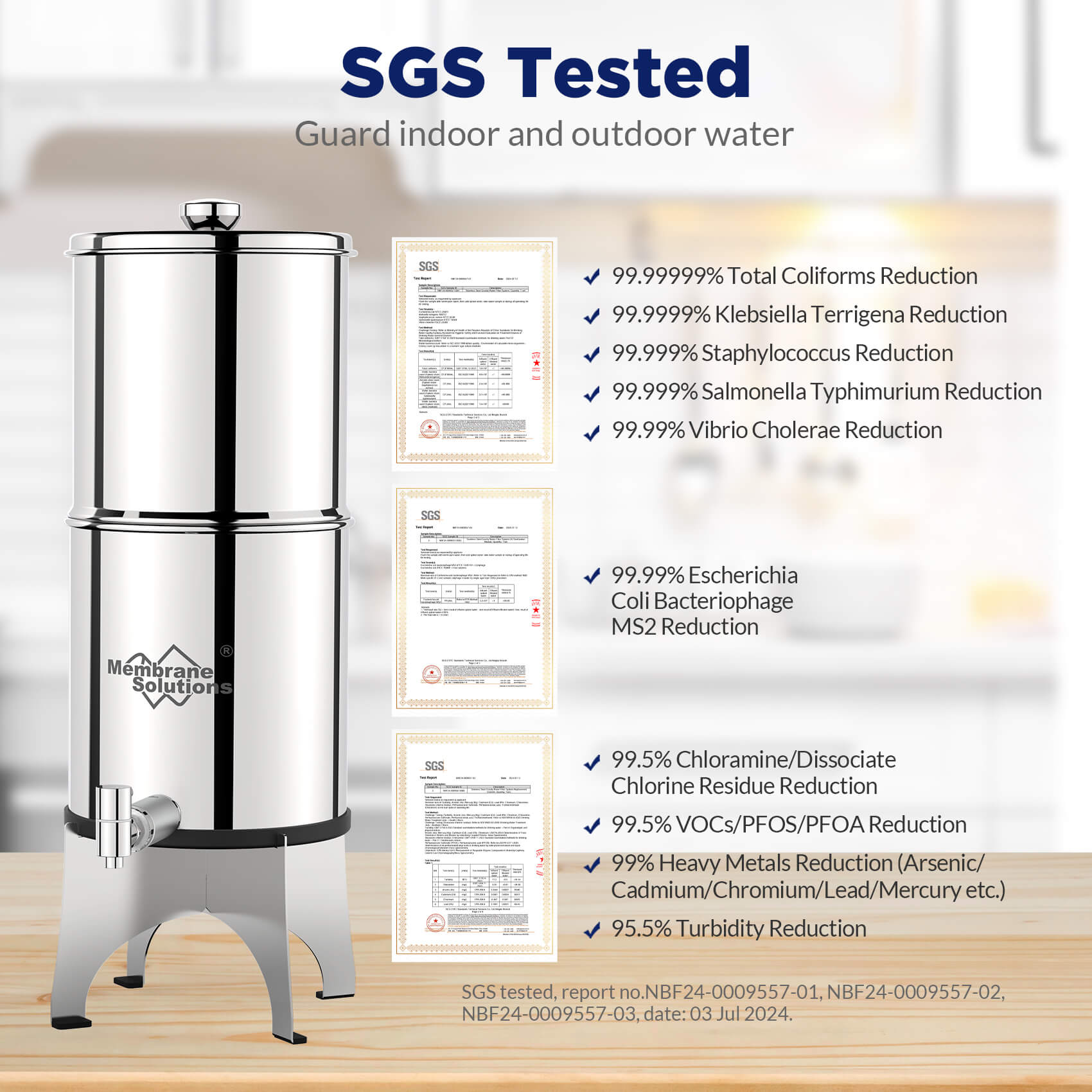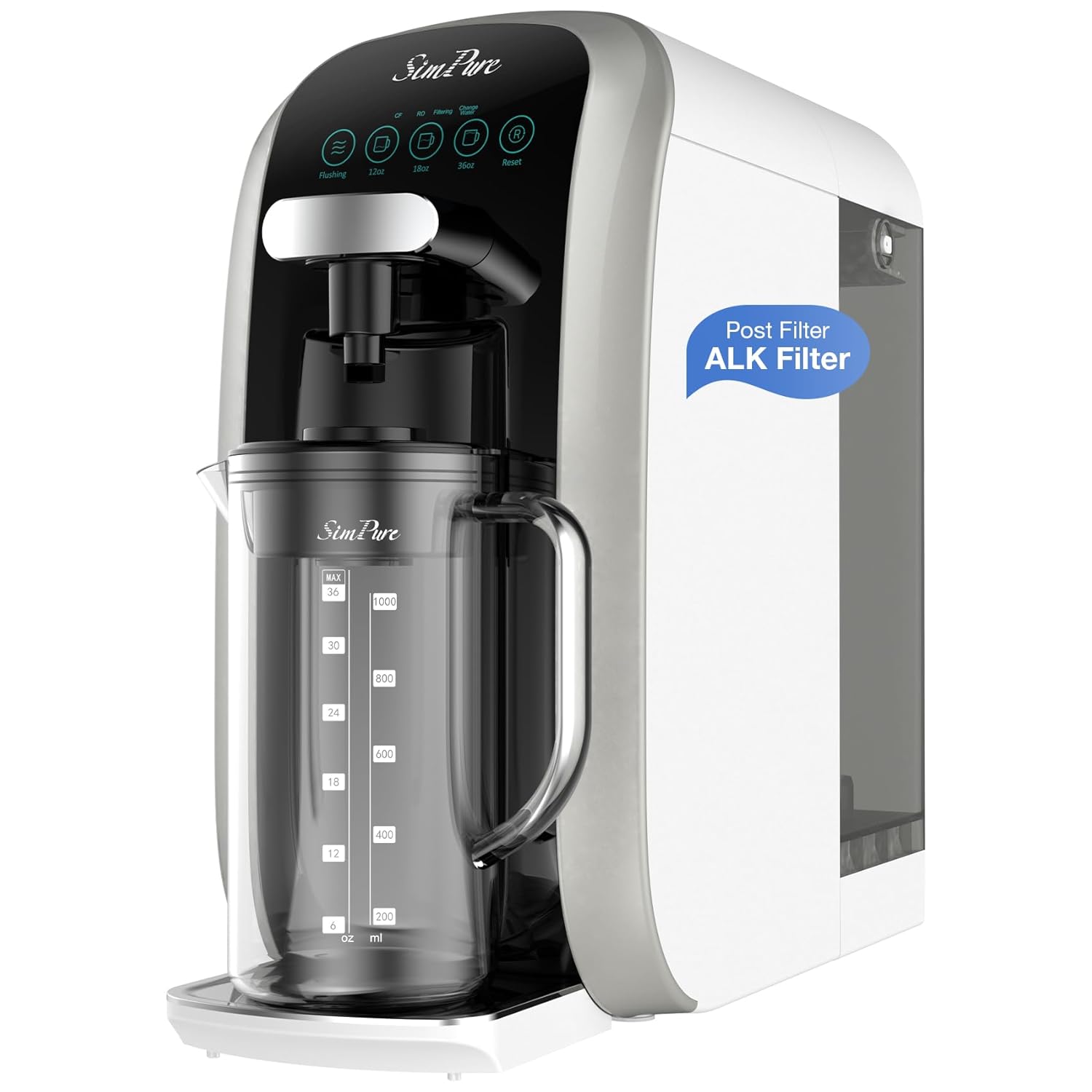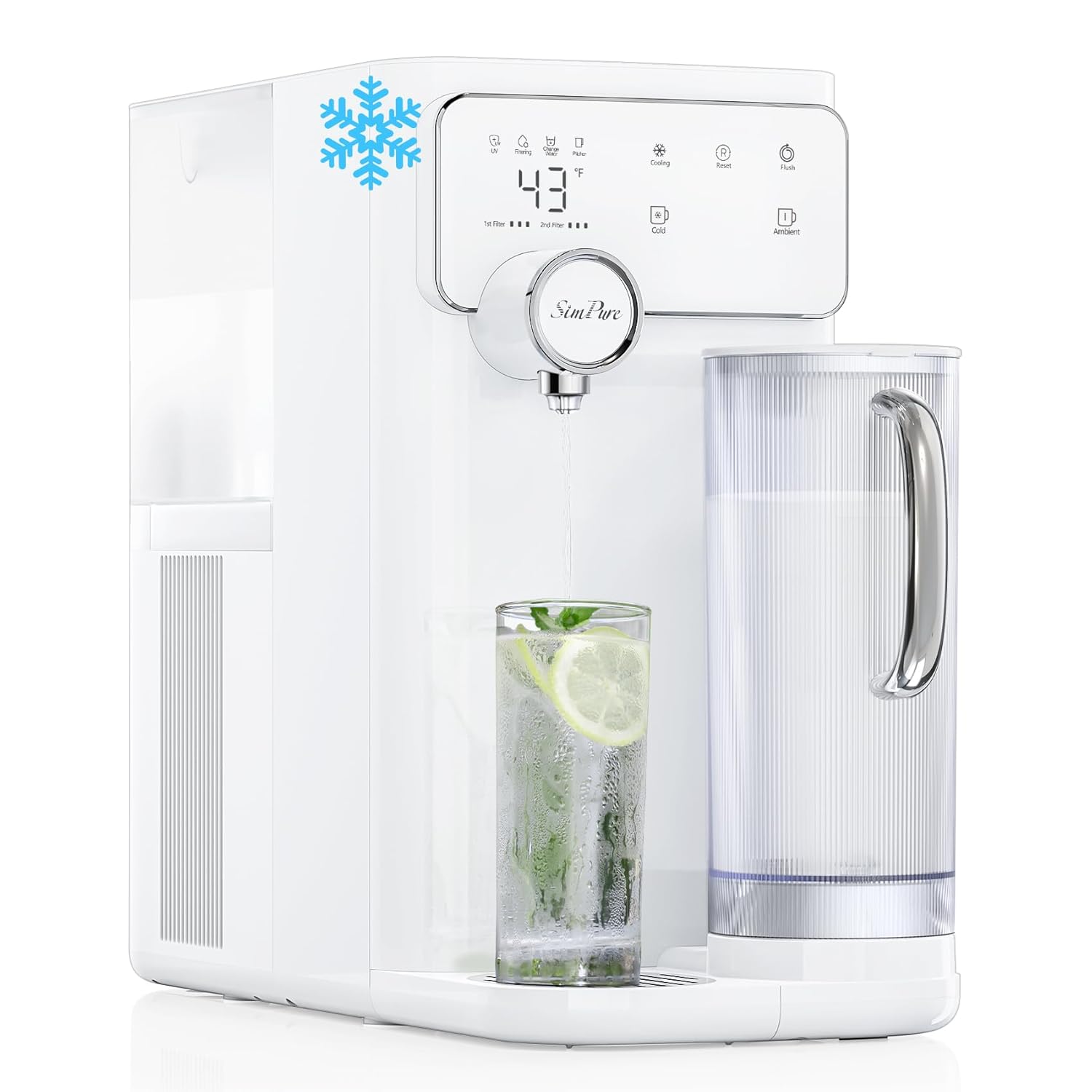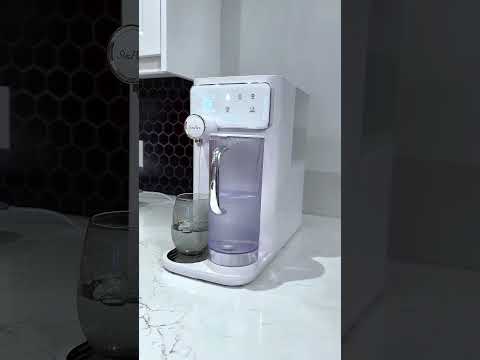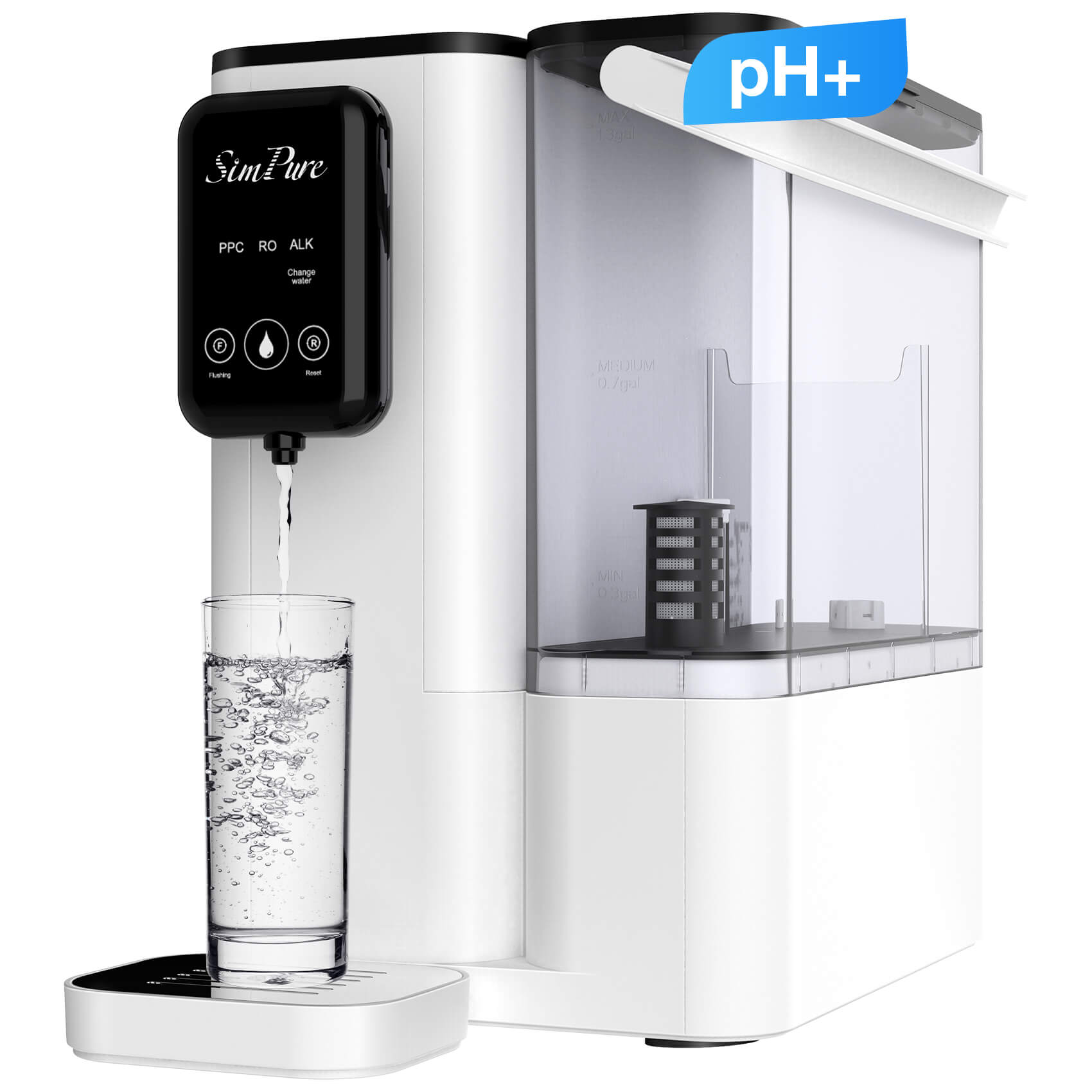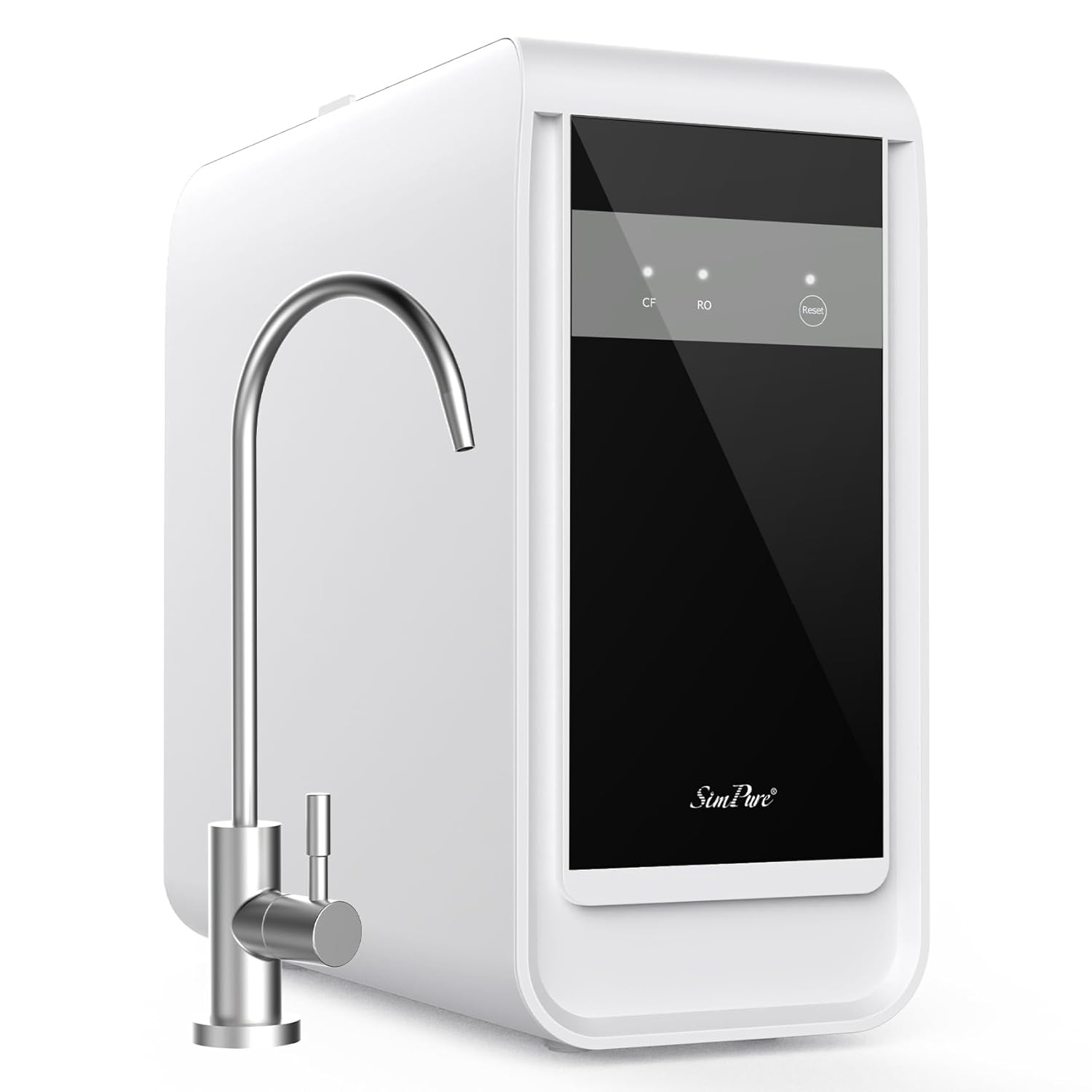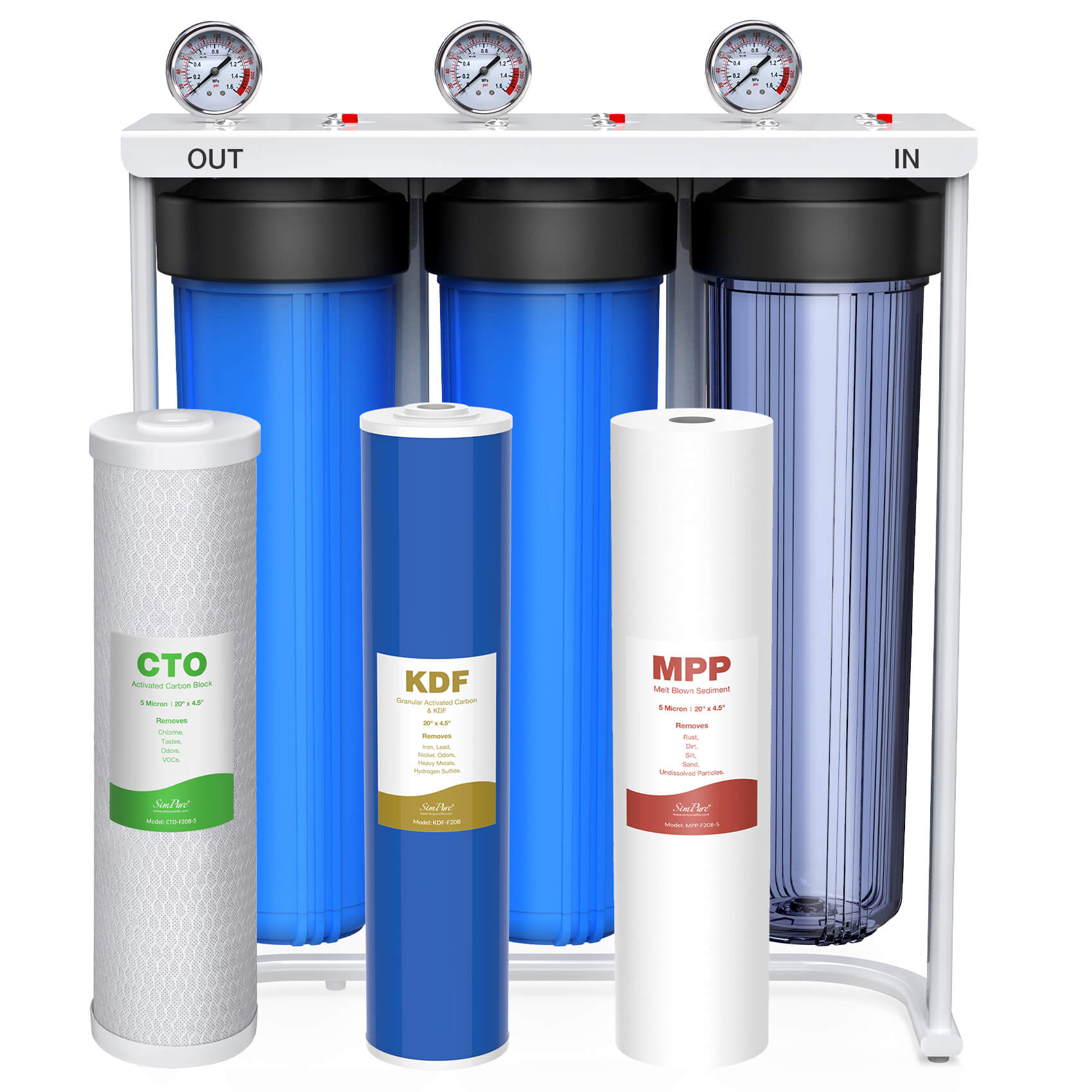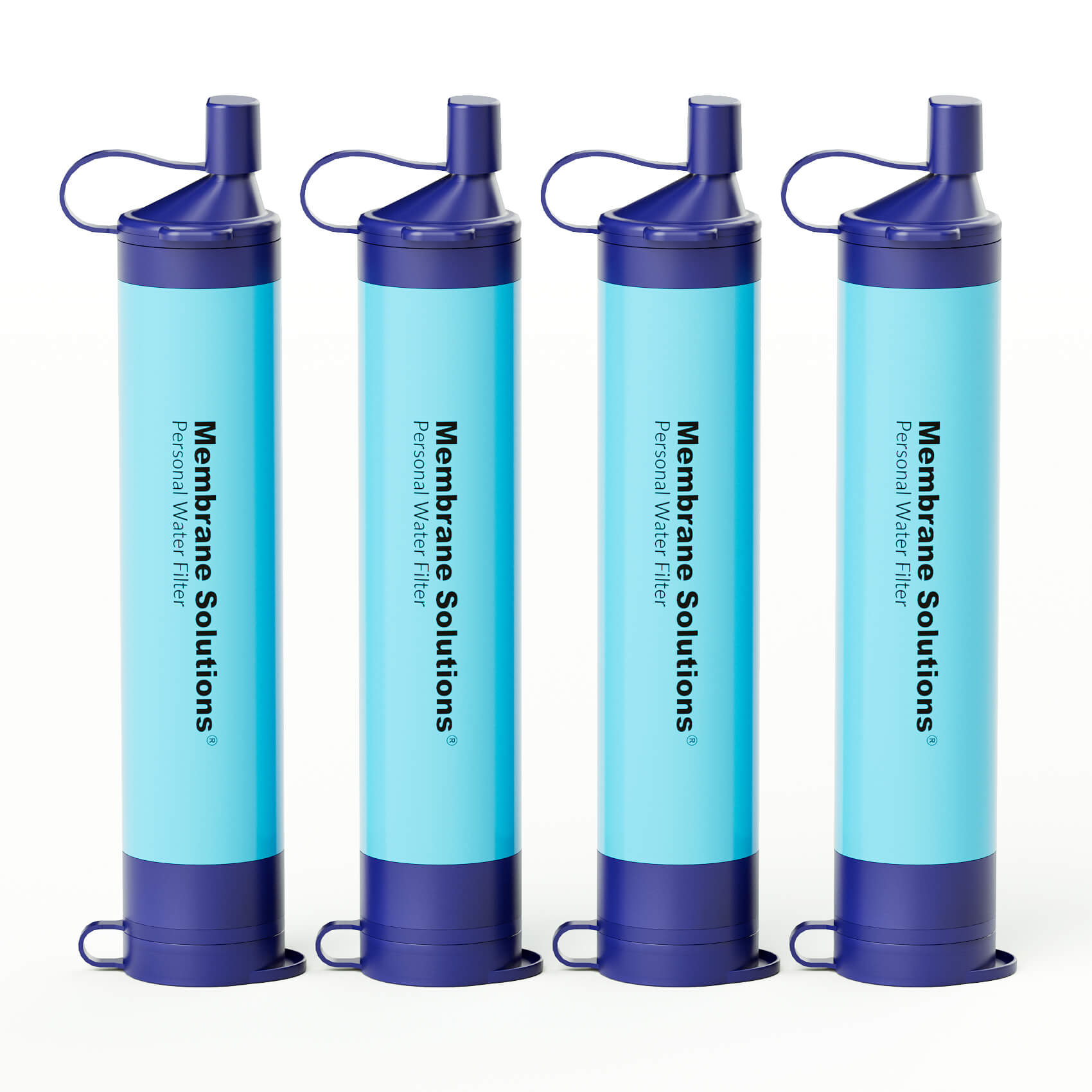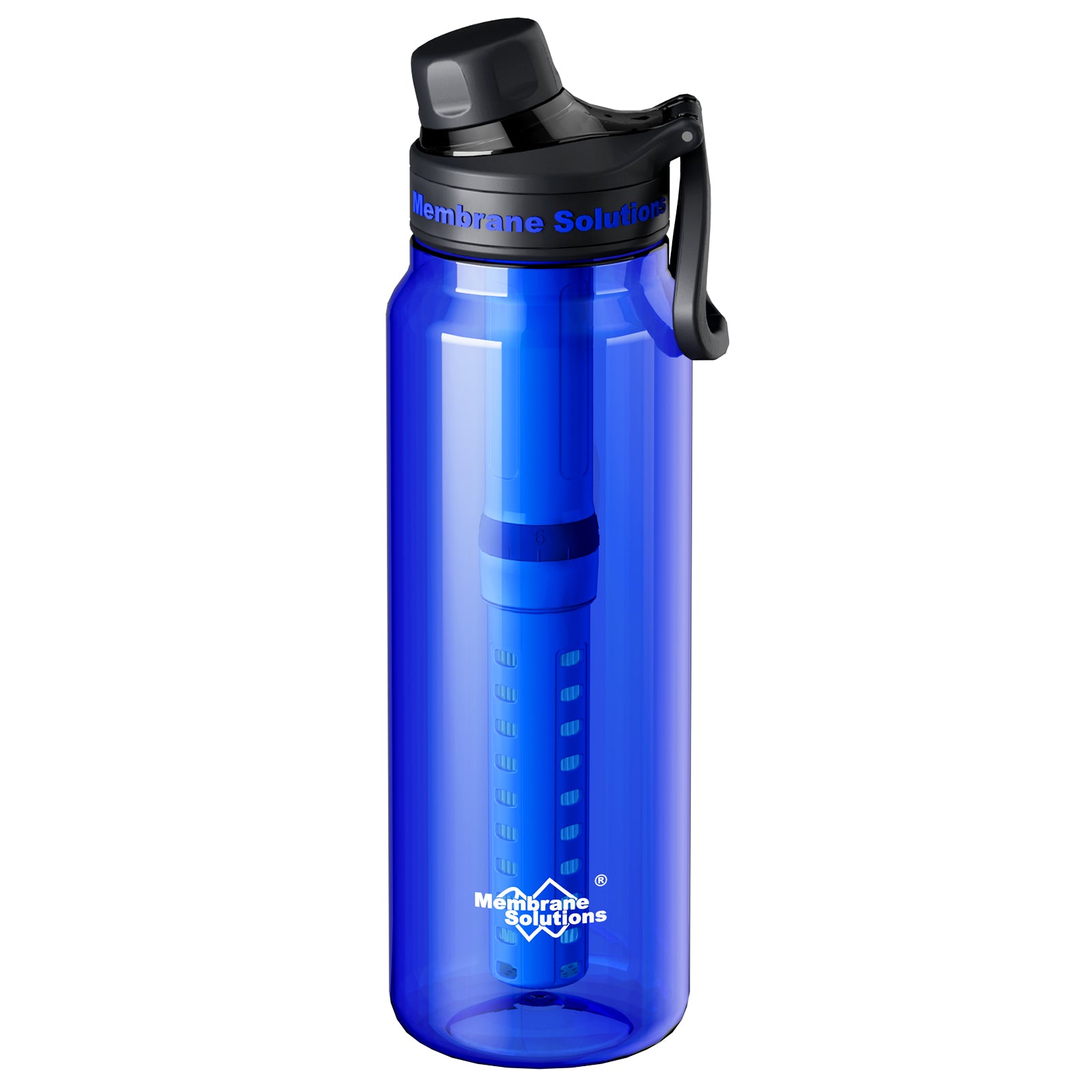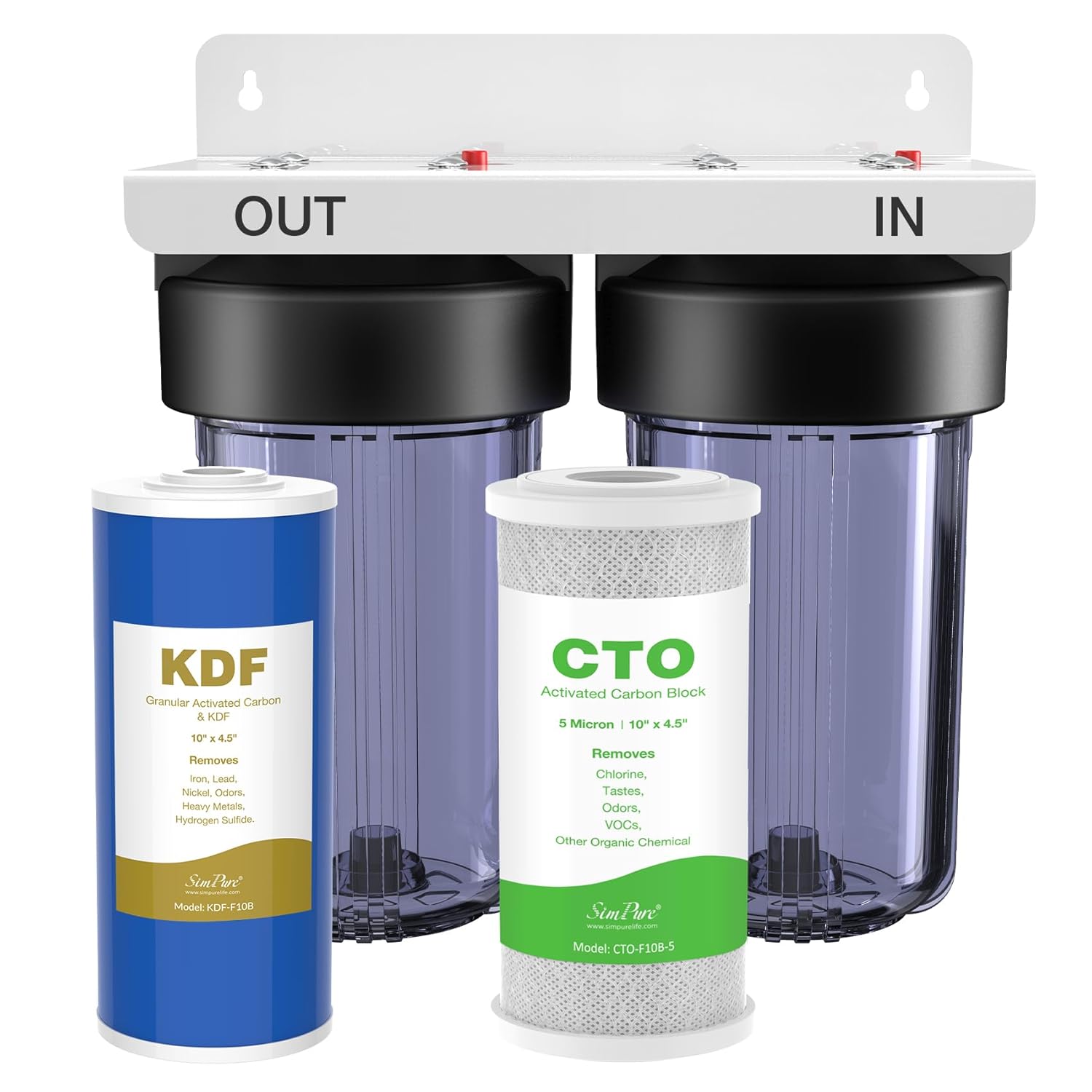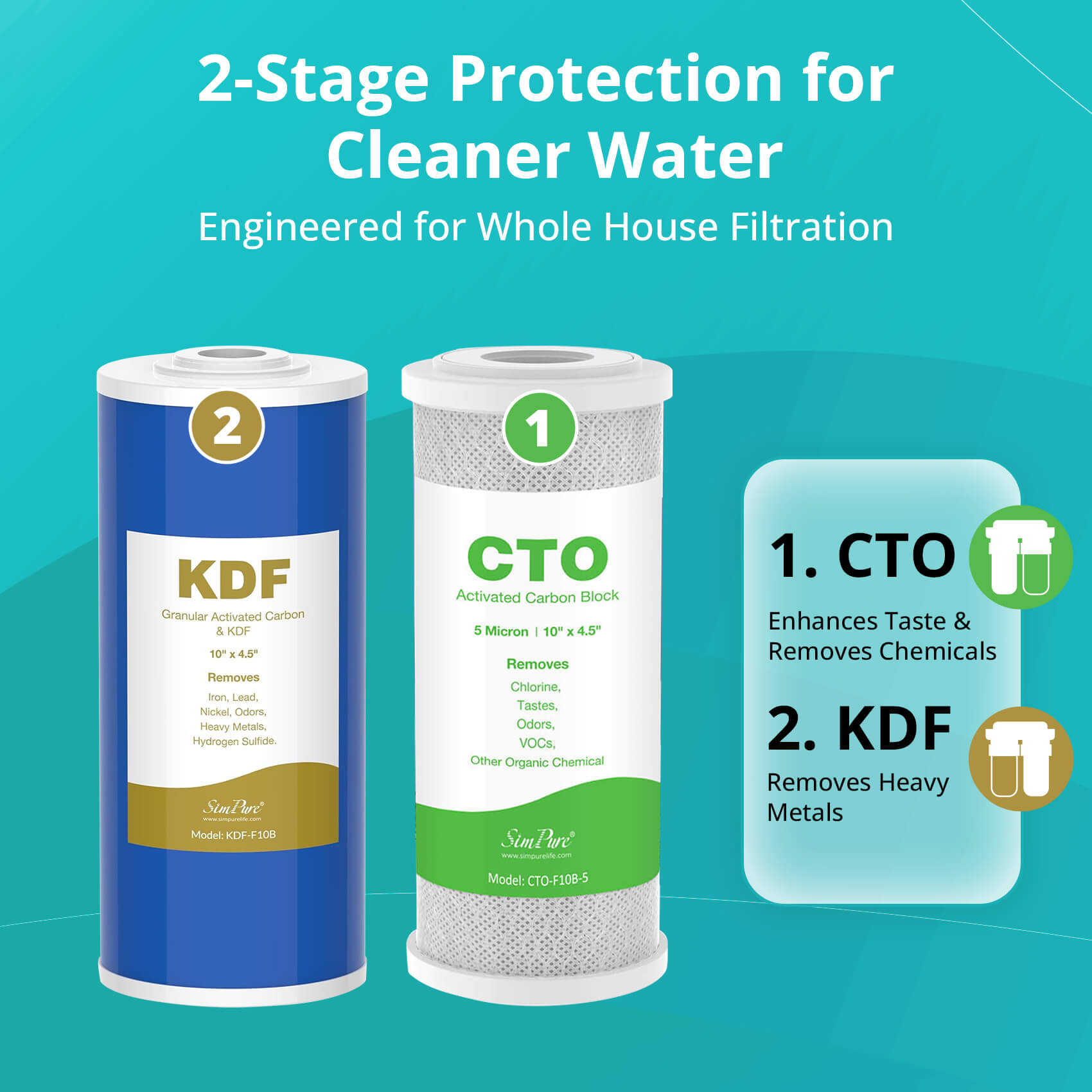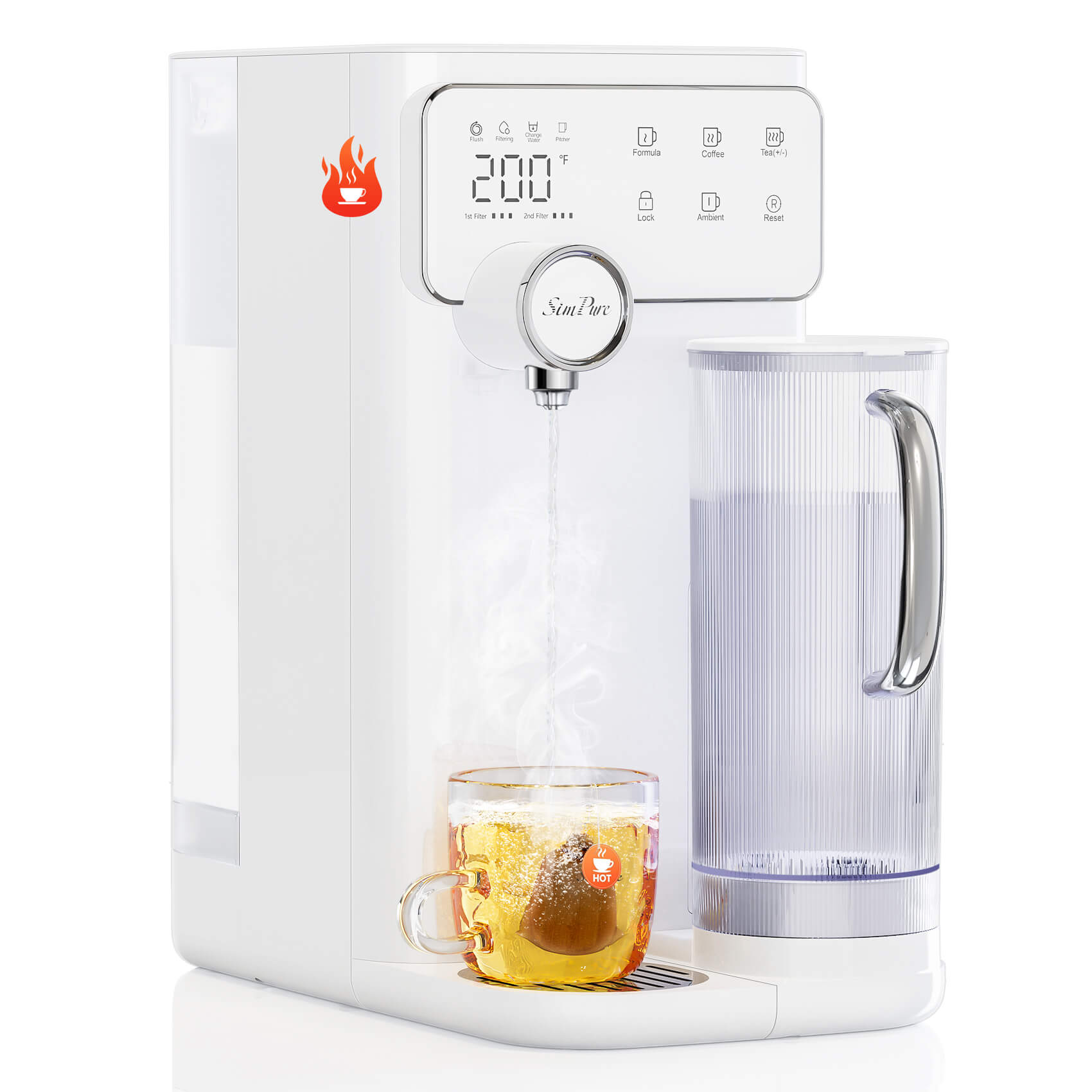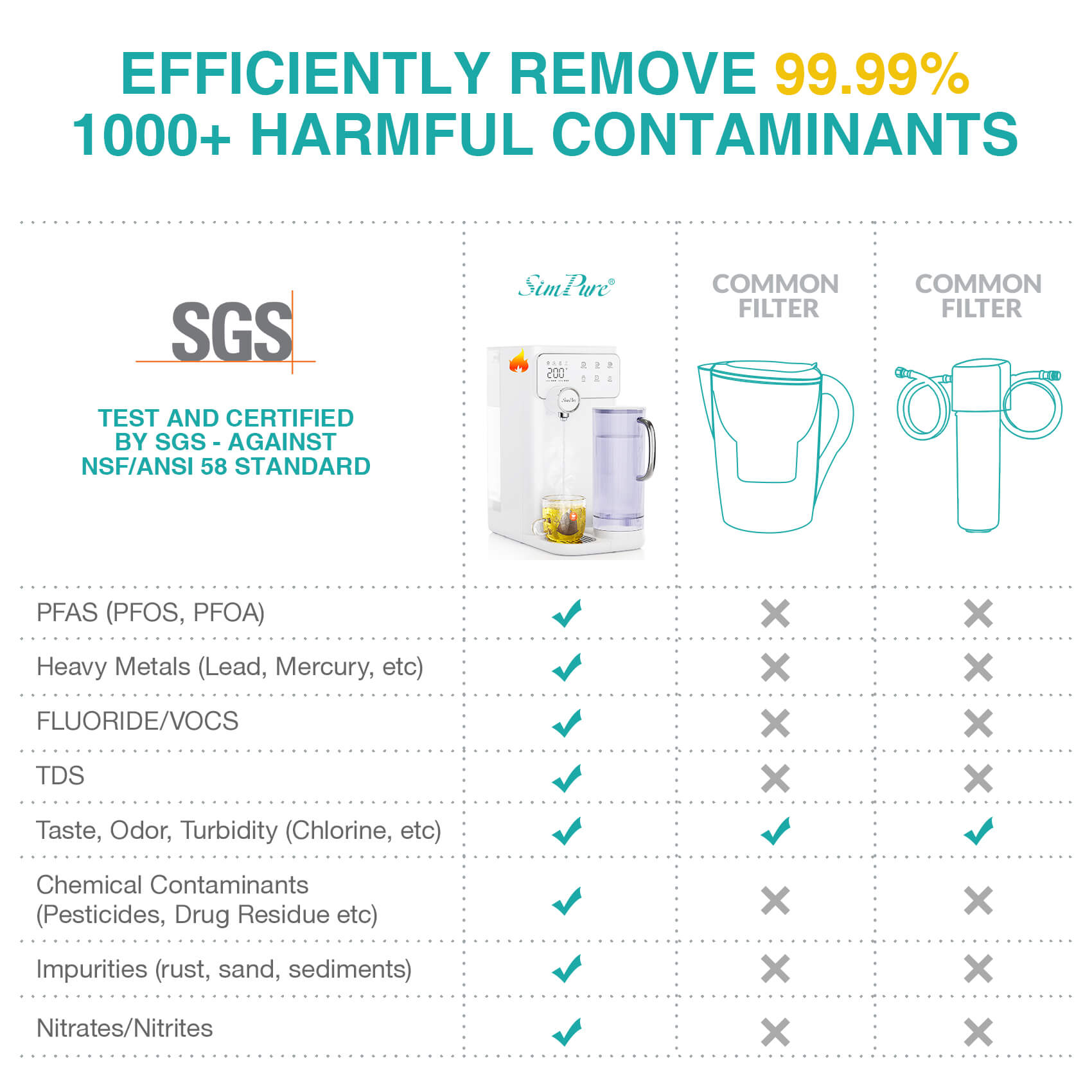With the rising awareness of water quality, more people are turning to home water purifiers. But when choosing between reverse osmosis membrane water purifiers and ultrafiltration membrane water purifiers, many users face confusion. What’s the real difference between RO and UF membranes? Which one is better for drinking water? In this guide, we’ll compare "UF membrane vs RO membrane" across 8 key aspects—including pore size, filtration level, pressure, mineral retention, and more—so you can make the best decision for your home.
A Quick Check on Ultrafiltration vs Reverse Osmosis
| Feature | Reverse Osmosis (RO) | Ultrafiltration (UF) |
|---|---|---|
| Pore Size | ~0.0001 µm | 0.01–0.1 µm |
| Filtration Level | High (up to 99% TDS removal) | Medium (bacteria & suspended solids) |
| Membrane Type | Thin-film composite | Porous polymer |
| Pressure Needed | High (50–1200 psi) | Low (5–50 psi) |
| Mineral Removal | Removes all minerals | Retains essential minerals |
| Contaminant Removal | Ions, salts, heavy metals | Bacteria, colloids |
| Waste Water | High | Minimal |
| Best Use | Drinking water purification | Pre-filtration, low-TDS water |
1. Pore Size: RO: Smaller; UF: Larger.
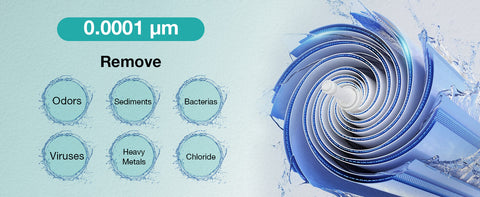
RO membranes have very small pores (~0.0001 µm) that filter out tiny contaminants, including ions and dissolved molecules, allowing only water molecules to pass.
UF membranes have larger pores (0.01–0.1 µm), effective at removing many contaminants but may let smaller particles and dissolved substances pass.
2. Filtration Level: RO: Higher purity; UF: Lower purity.
RO provides higher purity by removing up to 99% of contaminants, including dissolved salts, heavy metals, bacteria, viruses, and organic compounds.
UF removes larger particles like suspended solids, bacteria, and some viruses but is less effective against dissolved ions and smaller contaminants due to its larger pore size.
3. Membrane Type: RO: Thin film; UF: Porous.
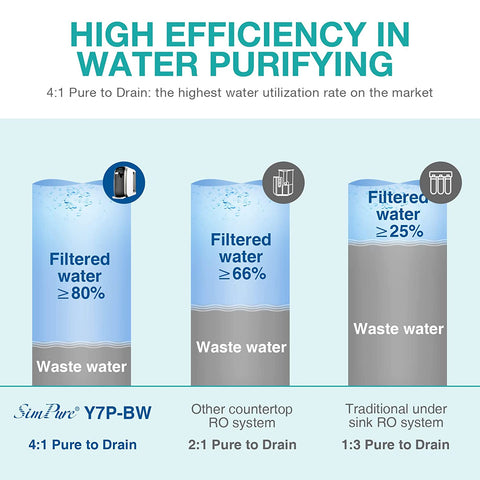
RO membranes: Thin film composite made of multiple layers. They selectively allow only water molecules through, blocking dissolved solids and impurities.
UF membranes: Made of porous polymers with larger pores. They filter particles and molecules mainly by size exclusion.
4. Pressure Requirement: RO: High pressure; UF: Low pressure.
RO systems require high pressure (50–1200 psi) to push water through the membrane, removing dissolved solutes and contaminants.
UF systems operate at much lower pressure (5–50 psi), making them more energy-efficient.
Although both filter water effectively, RO’s higher pressure enables finer filtration due to its smaller pores.
5. Mineral Removal: RO: Removes minerals; UF: Retains minerals.
One of the most important differences between RO and UF systems is how they handle minerals in water.
- Reverse Osmosis (RO): Removes minerals
RO membranes are highly selective and remove nearly all dissolved substances—including essential minerals like calcium and magnesium. While this ensures ultra-pure water, it may also lead to flat taste or loss of beneficial minerals, which some people prefer to retain.
- Ultrafiltration (UF): Retains minerals
UF membranes allow dissolved minerals to pass through while still removing bacteria, parasites, and suspended solids. This means your water retains a more natural taste and nutritional value.
💡 Want both pure and mineral-rich water? SimPure RO systems like SimPure T1-400 ALK and SimPure Y9A come with alkaline filters that reintroduce essential minerals and help maintain a pH of 7.5 or higher.

6. Contaminant Removal: RO: Removes ions; UF: Larger particles.
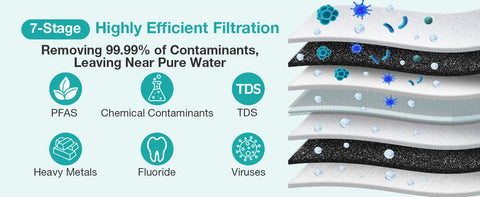
RO: Wide-Spectrum Contaminant Removal
RO membranes are designed to remove:
- Dissolved salts (TDS)
- Heavy metals (lead, arsenic, mercury)
- Fluoride, nitrates
- Microorganisms (bacteria, viruses)
- Organic pollutants and pesticides
Because of their ultra-small pore size (~0.0001 microns), RO systems are ideal for homes where water has a high contaminant load.
UF: Targets Larger Particles
UF membranes remove:
- Suspended solids
- Sediment and silt
- Bacteria
- Protozoa and some viruses
However, UF cannot remove dissolved salts or heavy metals, making it more suitable for:
- Municipal tap water with low TDS
- Pre-treatment before RO systems
✅ Quick takeaway: If your concern is chemical and dissolved contaminants, RO is the better option. If you only need basic filtration and bacteria removal, UF is sufficient.
7. Waste Water: RO: Generates more waste; UF: Less waste.
RO Systems: More Wastewater
Reverse osmosis systems produce two streams:
- Purified water (permeate)
- Concentrated waste water (reject water)
To purify 1 gallon, an RO system may waste 2–4 gallons, depending on system efficiency. This can be a concern in areas with water shortages or for users looking to conserve.
UF Systems: Low Waste
Ultrafiltration is a non-waste process, filtering water without splitting it into waste and clean streams. This makes UF more eco-friendly and water-saving, especially for high-usage applications.
🌱 Eco tip: If water waste is a concern, look for high-efficiency RO systems or RO+UF hybrid filters that minimize waste.
8. Application: RO: Drinking water; UF: Pre-filtering for RO.
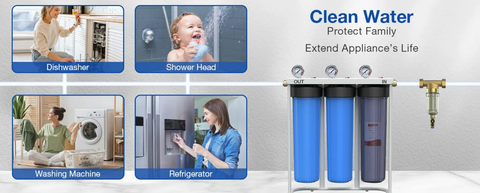
Knowing which system suits your needs depends on your water source and end use:
| System | Best Used For |
|---|---|
| RO | Drinking water, cooking, baby formula, aquariums, high-TDS areas |
| UF | Pre-filter for RO, bathing, washing, municipal water filtration |
RO is ideal for:
- High-contaminant areas (e.g., well water, heavy metals)
- Drinking water purification
- Users who want maximum purity
UF is suitable for:
- Municipal tap water with relatively low TDS
- Cost-effective pre-filtration
- Homes wanting to retain healthy minerals while removing bacteria
Frequently Asked Questions on Ultrafiltration vs Reverse Osmosis
Q1: Is RO better than UF for drinking water?
Yes, RO provides higher purity and removes more contaminants, making it better suited for drinking.
Q2: Can I use UF before RO?
Absolutely. Many systems use UF as a pre-filter to extend the life of the RO membrane.
Q3: Does UF remove viruses?
UF removes some viruses, but RO is more effective for complete virus removal.
In conclusion, if your priority is ultra-pure water removing dissolved salts and heavy metals, reverse osmosis is the ideal choice. For a more energy-efficient system that retains beneficial minerals and produces less waste, ultrafiltration (UF) is a great alternative, especially as a pre-filter.
💡 Need both high purity and mineral retention? Check out the SimPure Water Filtration Systems!








